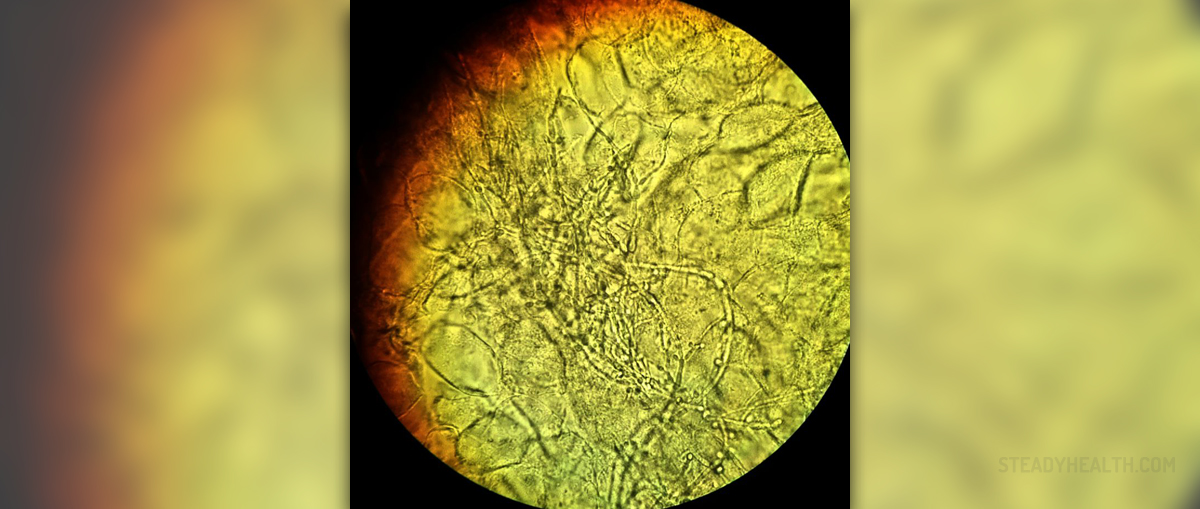
Vulvovaginitis and the main symptoms
Vulvovaginitis is inflammation of the outer women genitalia and vagina and several factors can induce it. Mechanical, chemical and thermal lesions of the skin are the opening door for bacteria, viruses and fungi and thus infection is created. Usually, bacteria involved are staphylococcus and streptococcus, while symptoms that follow this condition are pain, burning sensation, itching, redness, and swelling. Minor swelling is the first sign that becomes serious as the condition progresses. Frequent cause of vulvovaginitis is trichomonas vaginalis, in the case of which yellowish secretion occurs and is also followed with pain and itching. Itching is mostly emphasized in vulvovaginitis caused by candida albicans. This type is characterized with whitish skim on genitalia.
Vulvovaginitis can occur in women that suffer from diabetes and in these cases it begins as vulvitis, but it gets complicated and turns into vulvovaginitis. Vulvitis in diabetic patients is characterized by dark skin of vulva and strong itching caused by skin irritation due to presence of glucose in urine or because of already existing candida albicans. Medical therapy consists of dealing with diabetes first (since it caused additional problems), and then with local changes caused by vulvovaginitis.
Causes of vulvovaginitis
Additional causes of vulvovaginitis are uremia, hypovitaminosis, nephritis (kidney infection), jaundice, and also some forms of dermatitis, which happen to women suffering from obesity, especially in warm period, when sweating is increased. Another possibility is vulvovaginitis caused by gonorrhea, when gonococcus bacteria are responsible for its occurrence. All the symptoms are the same with the exception of the vaginal secretion. The therapy includes antibiotics that can deal with gonococcus.
Another cause of this condition is hypersensitivity to local medicaments and even clothes that are not made of natural fibers. Therapy should be focused on discovering the cause of this illness. Bacteriological tests need to be done and examination of the vaginal secretion can also help in discovering the inducing factor. Also, if vulvitis is a consequence of colpitis (inflammation of the entire vagina), colpitis has to be eliminated first. Besides local medicaments, if there is an underlying systemic condition, it has to be treated first, and vulvovaginitis later on. Also, hygiene of the outer genital has to be perfect, while synthetic cloths should be avoided.
Quite often, papillae are formed around the entrance of vagina and then it spreads to entire vulva (those are called condyloma acuminata). These are caused by papilloma virus, which is usually transferred via sexual intercourse. It usually activates few weeks or even few months after the initial infection and it can manifest as several individual papilloma or in the form of papilloma plaque that covers large area.

















Your thoughts on this
Loading...